[Published at Living Life Fearless] If one grew up in the 1990s, one knew who Devon Sawa was. Whether his name was overheard from a pesky sister’s list of current celebrity crushes, spotted on a Tiger Beat magazine cover, or his face seen on the big screen in films such as Little Giants, Casper, Now and Then, and Wild America (with fellow teen heartthrob Jonathan Taylor Thomas). In 1999, Idle Hands marked a paradigm shift for Sawa, allowing the actor to assert himself as more than the pretty face on the cover of adolescent magazines. With the success of Final Destination, The Guilty, and Eminem’s immortalized “Stan” music video kicking off the 2000s, Sawa settled down with his family and successfully meddled in real estate during his brief retirement, but the acting bug came back with a vengeance.
Today, Sawa is, arguably, busier than he’s ever been as an actor, having released three films over the past two years, with more than five projects also in production or post-production. It’s a testament to both the actor’s work ethic as well as his determination to take on more fulfilling, demanding roles.
On the cusp of his film Hunter Hunter, a white knuckle thriller about man versus nature and the duality and implosion of human nature, I had an opportunity to speak with Sawa about the making of Hunter Hunter, its unexpected themes, his evolution as an actor, his childhood acting career, and what he has in store for the future, among other topics.
What intrigued you about this project?
Script. I got the script. I read the script. And it started off, much like the movie, where you think, “Yeah. This is just one of those run-of-the-mill films that takes place in a cabin, and yada yada yada.” And then it just starts twisting and turning. And I like what happens to my character because I, in my own egotistical, actor way, thought that I was the guy that would save everything. And it went where it went, and it was brilliant.
You think it’s going to be a man versus nature deconstruction, but then it becomes a man versus man, and then it becomes the best of human nature versus the worst of human nature.
It takes a real great turn. I remember, when the director talked to me, he used the Game of Thrones actor [Sean Bean], in the first season, that went out, because, “That’s what I wanted to feel like. I want that feeling.” You’re going to hate me, but I’ve never seen Game of Thrones.
Well, when you do get around to it, you’re Ned Stark. There’s a lot of showing, not telling, in Hunter Hunter – Scenes of tense silence that built effective tension. How do you approach these types of scenes compared to more dialogue-driven scenes?
There were some conversations with the director. There were scenes that were very silent, and very skilled, and very grounded that I originally thought of playing bigger, because it’s very easy to do that. It’s very easy to like, “Okay. Well, nothing’s happening, so I need to do something.” And the director and I discussed the stillness and, “Just let people’s hearts thump. Let’s just ground it and let it be still.” So props to the director for working that out with me.
And in this film, you’ve got a beard. You’re a little bit grizzled, and unkempt, and stoic. Your character moves with almost an obsessive purpose. How has your acting technique evolved as you’ve grown into the industry?
Well, I’ve had to evolve so many times, I’ve had to switch it up. And also, acting, in general, in the mainstream has evolved. It’s different than it was in the ’70s, the ’80s, the ’90s. It keeps getting different, better, more realistic. I try to watch a lot of my peers and see what they’re doing. The ones that are at the top of the game. The Ben Fosters, the Tom Hardys. It’s all about realism and grounding characters. That’s what I’m going for, which is a lot different than my days of Final Destination or Idle Hands.
In terms of character choices in this film, you leave Anne (Camille Sullivan) and your family. Is that choice made more out of obsession or protection?
In this old school world, where I’m the man of the house, we’re already having conflict with that. She wants to move. She wants to evolve with the rest of society because no one’s buying pelts anymore, or beaver meat, or whatnot. And he’s very much traditional, and he’s grown up from generations of hunters. And this is just what he feels that he needs to do to protect his home. And that’s what he goes out to do.
I loved the slow buildup. And the ending is just this giant crescendo. Were you expecting that execution when you finally watched it for the first time?
We did it all on paper. The script is great. It’s a page-turner. And you put it down, and you’re like, “Oh, that was great. That was a great script.” But to see all the elements come together – the special effects in the ending, the music, the score, the acting – all of that all put together just blew my expectations. It was all done so perfectly.
The practical effects were unbelievable. I couldn’t believe that. Poor Nick Stahl.
I know that there’s certain things that they don’t show before those practical effects. Kind of that Jaws, “you don’t need to see it to be frightened.” It was perfectly done. The director could’ve had more money but didn’t need it.
There’s a certain amount shown, but there’s also a lot left for the viewer to infer. And it’s effective. You’ve also been in films like Final Destination and Idle Hands, which are heavy on gratuitous gore. Which method in portraying violence is more effective? The one that’s just off the screen, or the one that’s more in-you-face?
There’s a place for both of them. [With] a movie like Final Destination, you go in there to see that. Especially since they’ve evolved. Final Destination 5 was the first one to use CGI and 3D the way they did. And you’re expecting to see things flying. That’s the fun of it. It’s so over-the-top gory and bloody that that’s what makes it it. A film like this, it’s a little bit for a maturer audience. It’s kind of like Jaws, where we saw that shark for, like, eight seconds, total, of the whole film. But what was so damn frightening was just the music, and the cameras, and the old-fashioned movie-making. And so there’s a place for both of them.
Do you watch your own films?
I do. I watch my films. I don’t watch my films saying, “Oh, I can’t wait to watch myself on-screen.” But I definitely watch my stuff much like an athlete would watch their games to improve their performances on the next one.
Do you revisit your films that you made as a child?
That, I do not do.
I heard through the grapevine that you may or may not still watch Now and Then, now and then.
I went to a screening. They had a 20-year anniversary screening. My wife may have put it on for the kids at one point. It didn’t get watched because they were so young. But with that said, it’s a very watchable film, and I love it to death.
So you and Christina Ricci, whom you had a kissing scene with in Casper, now have another one in Now and Then, almost back-to-back. On the cusp of both of your breakouts, and as adolescent kids, were you more focused on the stardom, or the anxiety of doing a kiss scene with a fellow teen heartthrob?
For me, it wasn’t in my head, anything about stars. At that point in my career, I was very excited and nervous because I’m 14-years-old, and here’s this cute girl, and I may have a small crush on her. And things have changed since then. Now, it’s more, when you have to do one of those scenes, it’s very professional, and you’re thinking about the cameras and whatnot all around you. But it just was exciting back then. It was exciting to be doing that.
How long did it take you to accept the teen heartthrob label growing up?
I don’t know if I ever did. I was constantly trying to get away from that label. The studios were very pro doing those teen magazines, and I was very against doing them. But it came with the package. And I did them. I never really liked doing them. I liked doing the work. I liked being in the movies. I liked acting scenes. I didn’t necessarily like being in pin-ups or anything like that. But it is what it is. I did it. It’s there.
Right. It’s there. And you’re one of the few who’ve managed to overcome that label and, as an adult, have a successful film career. When did you decide you wanted to shed the skin of that label and actually flex your acting range with more selective roles? And I realize that’s sometimes more of a can than want. When did this paradigm shift happen?
It just started as I got older. When you’re on those teen magazines, you’re the “It Guy” for a certain amount of time, and then you fizzle away when a new “It Guy” comes up. And I just got lucky. While I was fizzling away, I booked Idle Hands, and all of a sudden, I was in a new chapter.
Do you have a favorite experience as a child on set?
I have a lot. There’s so many. I generally had a great childhood because of the industry, because of the eclectic group of people I met on every set. I couldn’t have asked for a better childhood – the traveling, the people. I worked for everybody from Amblin and Warner Brothers all the way down to the smaller, independent films. And I always had a great experience. There were so many wonderful times.
Did you see the recent Pete Davidson SNL “Stan” skit?
I did. I did. I smiled from ear to ear the whole time. He did a fantastic job of making it his own. It’s great. It’s great.
I agree. My only criticism would be that they didn’t ask the original Stan to make a cameo. But there’s always next time.
Always next time. He handled it. You know what? At the end of the day, it’s Eminem’s. I always feel like people give me way too much credit for that video. The genius of that song is Eminem. And I’m glad I played a little, small part of it.
Are there any projects in which you star that you’re looking forward to coming out soon?
I just finished a film with Bruce Campbell called Black Friday!. I did a movie with Alyssa Milano [Who Are You People]. I did a small, little indie that’s due out next year.
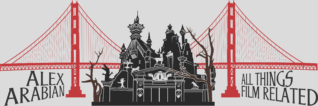
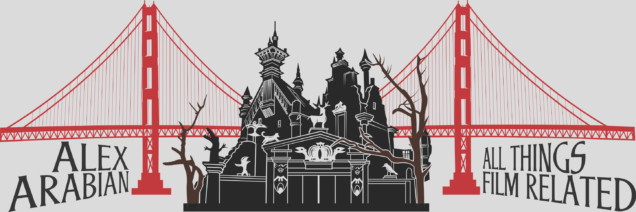
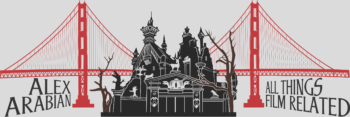

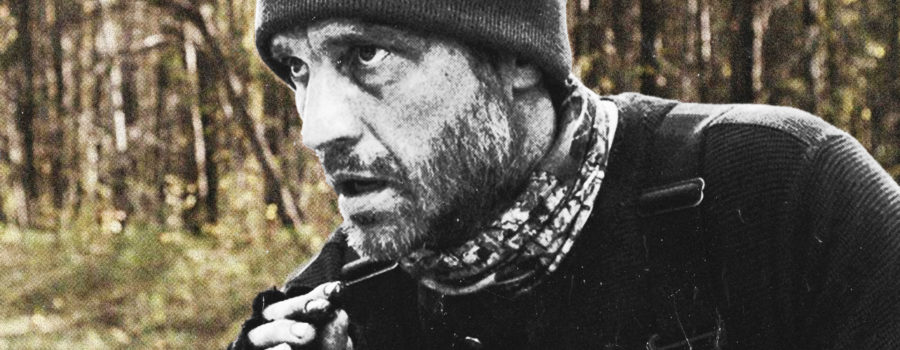
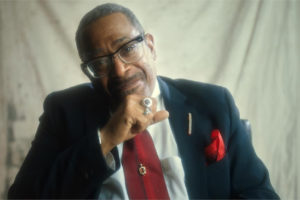
![Emily Meade Discusses ‘The Deuce’ Season 2, Intimacy Coordinators & More [Interview]](https://www.makingacinephile.com/wp-content/uploads/2018/11/Emily-meade-the-deuce-1200x520-300x200.jpg)
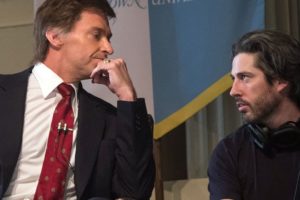
Leave a Reply
Your email is safe with us.